
BMW X5 4x4 engines, drive and performance
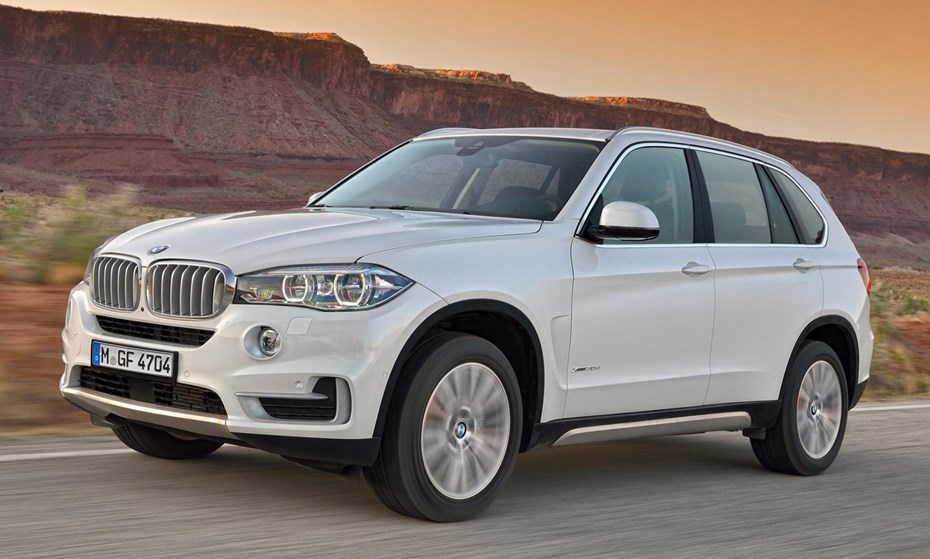
- Diesel models are the most popular
- Powerful M50d and X5 M for speed addicts
- Plug-in hybrid xDrive40e compromised
No matter which model you choose, a used BMW X5’s performance is in keeping with the marque’s ethos – all versions will crack the 0-62mph acceleration test in less than 10 seconds. All come with an excellent eight-speed automatic gearbox – as long as it’s been maintained well it’s smooth, with quick shifts and no real weaknesses other than neglect on higher mileage cars. Paddle shifters are an option.
BMW X5 (F15): ULEZ compliant diesels
At first glance there appears to be a variety of BMW X5s for this generation, but for the diesel models you are essentially choosing between two engines, both of which were designed from the start to meet Euro 6. There’s a 2.0-litre four-cylinder, and the 3.0-litre six-cylinder – one of BMW’s best engines. Registrations for this generation started on a 63-plate and they should be ULEZ compliant when checked on the TfL website.
While the badging still reflects power output, rather than capacity, the 2.0-litre is only found in one state of tune; the rear-wheel drive sDrive25d and all-wheel drive xDrive25d. It produces 231hp and 500Nm of torque from 2,000rpm; more than enough for the X5’s bulk. It’s also reasonably economical. As the slowest X5, the 0-62mph time of 8.2 seconds (7.7 for the late-2015 on sDrive25d) is hardly holding up traffic, and the 137mph top speed means relaxed motorway cruising.
This is the used BMW X5 we’d avoid though, because the N47 engine in early models has a track record of unreliability. It’s prone to timing chain failure and carbon buildup – a problem that lead to a recall of cars worldwide. If you find a good one, and are confident in the warranty, then the 2.0-litre wasn’t a bad option otherwise.
The used BMW X5 we’d recommend is the six-cylinder 3.0-litre turbo xDrive30d. There’s a relatively modest increase in power to 258hp, but it makes 560Nm of torque available even lower down the rev range, at 1,500rpm. It can tow 3,500kg on the flat, though technically it’s limited to 2,700kg for 12-degree inclines.
The xDrive40d uses the same engine, but tuned to produce a meatier 313hp and 630Nm, again from 1,500rpm. It achieves a genuinely rapid 5.9-second 0-62mph time. The xDrive40d is rated to tow 3,500kg on 8 or 12 degree inclines, so it’s the one to buy if you regularly tow vehicle trailers or heavy plant and machinery.
There are two M Division X5 models, though for some reason not called MX5… With 381hp and 740Nm of torque from 2,000rpm, the BMW X5 M50d gets even more out of that 3.0-litre diesel by adding a third turbocharger, yet offers little benefit in the real world beyond the badge prestige. It is usefully quicker if you want to drag-race your family SUV, though – it takes just 5.3 seconds to complete the 0-62mph benchmark.
Performance-focused petrols
Just two petrol-only X5s are available in the UK, both fitted with a turbocharged 4.4-litre V8 with an enticing burble to its exhaust note. Unsurprisingly, they’re the priciest models to run.
First up is the xDrive50i, producing 449hp and a dieselesque 650Nm from 2,000rpm. Top speed is, as per BMW conventions, capped at 155mph, but the 4.9-second 0-62mph outstrips all of the diesel X5s.
For some, that’s not enough, hence the tuned and driver-focused X5 M’s existence. Forget the M50d for a moment, this is the bona fide M car in the range. The petrol V8’s been cranked up to produce 575hp, with a colossal 750Nm of torque on stream from 2,200rpm. Top speed is again restricted to 155mph, but the 0-62mph drops further to a scarcely believable 4.2 seconds – in a car that weighs 2,350kg.
Low-emission plug-in hybrid
If you don’t cover the kind of mileage to warrant a diesel but still want an economical choice, then the plug-in hybrid xDrive40e may suit you. The conventional engine is a four-cylinder 2.0-litre turbo petrol, which, combined with an electric motor, produces 245hp and 450Nm of torque, with up to 19 miles of electric-only driving range available.
Top speed is 130mph – or 75mph in EV mode – with a 0-62mph time of 6.8 seconds, so even though it’s more environmentally friendly, it’s no slouch.
BMW X5 (F15) handling
- Handles well for a large SUV…
- But not as good as conventional BMWs
- Adaptive suspension worth seeking out
Even when you’re behind the wheel of the M50d or X5 M – with the optional Adaptive Dynamic suspension system – you quickly realise this is no sports car in terms of its handling. Then again, it does weigh around 2.2 tonnes, and gifted though BMW engineers are, they cannae defy the laws of physics.
Inevitably if you drive it hard the weight comes into play, and with the heavy engine up front, the nose will eventually wash wide. There’s loads of traction across both axles up to that point though, and you have to be driving very quickly indeed to upset the X5 in anything but the slipperiest of conditions.
When buying a used BMW X5 bear in mind that the clever tech and impressive comfort rely on suspension bushes and tyres that are up to the original spec. Any signs of penny-pinching maintenance on older examples should be a warning sign – putting unbranded cheap tyres on an SUV of this power and weight is a false economy at best.
Thanks to a predominantly rear-driven set-up from the all-wheel drive system, the X5 is impressively capable during most situations you’re going to encounter on the road. In our experience the suspension is best left in Comfort mode, where the ride is slightly suppler, and there’s a negligible amount of extra body roll – the steering weight feels more natural too.
Torque vectoring at the rear, where power is split across the driven wheels to improve traction, makes it more stable in high speed corners too. Considering most X5s will be carrying children, taking life at a slightly slower pace is probably a better idea anyway.
It proves capable enough off-road, even with large alloy wheels and road-orientated tyres. There’s the usual hill-descent control and the X5 can apportion up to 100% of its power to a single wheel. The most impressive aspect is just how fuss free, and quiet, the four-wheel drive xDrive system is.


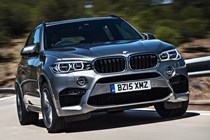
.jpg)
.jpg)
.jpg)
.jpg)
.jpg)
.jpg)
.jpg)
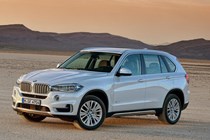
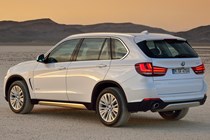
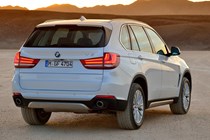
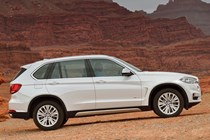
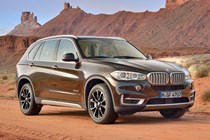
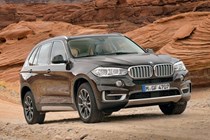

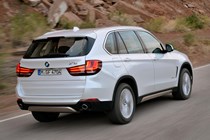
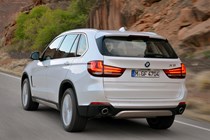
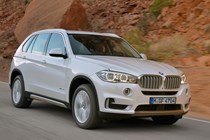
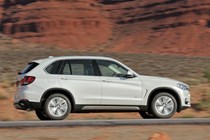
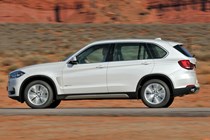
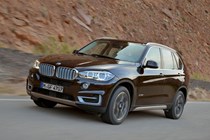
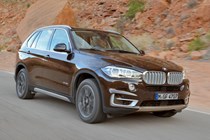
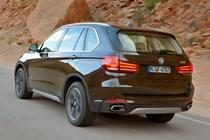
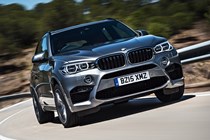
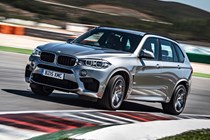
.jpg)
.jpg)
.jpg)
.jpg)
.jpg)
.jpg)
.jpg)
.jpg)
.jpg)
.jpg)
.jpg)
.jpg)
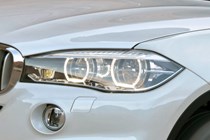
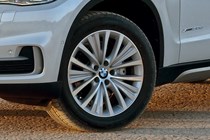
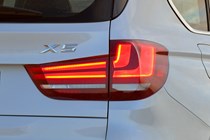
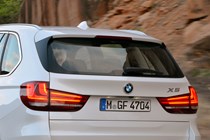
.jpg)
.jpg)
.jpg)
.jpg)
.jpg)
.jpg)
.jpg)
.jpg)
.jpg)
.jpg)
.jpg)
.jpg)
.jpg)
.jpg)
.jpg)
.jpg)
.jpg)
.jpg)
.jpg)
.jpg)
.jpg)
.jpg)
.jpg)
.jpg)
.jpg)
.jpg)
.jpg)


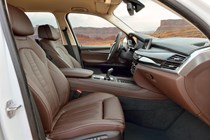


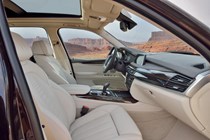
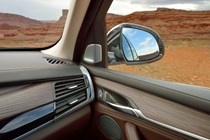

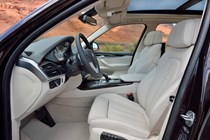
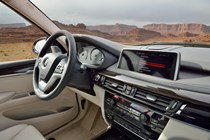
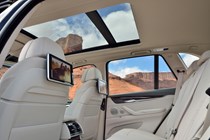
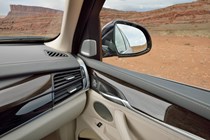
.jpg)
.jpg)
.jpg)
.jpg)
.jpg)
.jpg)
.jpg)
.jpg)
.jpg)
.jpg)
.jpg)

.jpg?quality=50)
.jpg?quality=50)
.jpg?quality=50)
.jpg?quality=50)
.jpg?quality=50)
.jpg?quality=50)
.jpg?quality=50)

















.jpg?quality=50)
.jpg?quality=50)
.jpg?quality=50)
.jpg?quality=50)
.jpg?quality=50)
.jpg?quality=50)
.jpg?quality=50)
.jpg?quality=50)
.jpg?quality=50)
.jpg?quality=50)
.jpg?quality=50)
.jpg?quality=50)




.jpg?quality=50)
.jpg?quality=50)
.jpg?quality=50)
.jpg?quality=50)
.jpg?quality=50)
.jpg?quality=50)
.jpg?quality=50)
.jpg?quality=50)
.jpg?quality=50)
.jpg?quality=50)
.jpg?quality=50)
.jpg?quality=50)
.jpg?quality=50)
.jpg?quality=50)
.jpg?quality=50)
.jpg?quality=50)
.jpg?quality=50)
.jpg?quality=50)
.jpg?quality=50)
.jpg?quality=50)
.jpg?quality=50)
.jpg?quality=50)
.jpg?quality=50)
.jpg?quality=50)
.jpg?quality=50)
.jpg?quality=50)
.jpg?quality=50)












.jpg?quality=50)
.jpg?quality=50)
.jpg?quality=50)
.jpg?quality=50)
.jpg?quality=50)
.jpg?quality=50)
.jpg?quality=50)
.jpg?quality=50)
.jpg?quality=50)
.jpg?quality=50)
.jpg?quality=50)